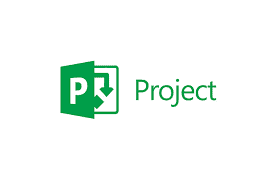In the world of project management, keeping a project on track can be one of the biggest challenges. Delays, resource constraints, and unexpected issues can derail even the most well-planned projects. Microsoft Project, however, provides powerful tools that help you stay on top of your tasks, ensuring that your project is completed on time and within scope.
Task Management
One of the core features of Microsoft Project is its task management capabilities. You can easily assign tasks to team members, set deadlines, and track their progress in real time. The software also allows you to define task dependencies, which are crucial for identifying and managing potential bottlenecks. By understanding how tasks are interconnected, you can better plan and adjust your project schedule to avoid delays.
Progress Tracking
The Gantt chart in Microsoft Project is a vital tool for tracking progress. It visually displays the timeline of your project, making it easy to monitor deadlines and milestones. Additionally, the Critical Path feature identifies the most important tasks that directly impact your project’s completion date. By focusing on these critical tasks, you can ensure that your project stays on track.
Resource Optimization
Efficient resource management is key to keeping a project on schedule. Microsoft Project allows you to allocate resources effectively, ensuring that your team is neither overburdened nor underutilized. The workload management tools help you balance workloads across your team, preventing burnout and ensuring steady progress.
Conclusion
Microsoft Project offers the tools you need to maintain control over your projects, from task management to progress tracking and resource optimization. By leveraging these features, you can ensure that your projects are delivered on time, every time.


